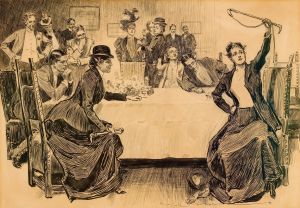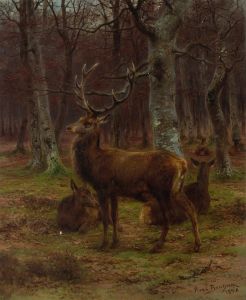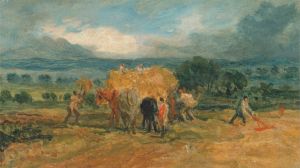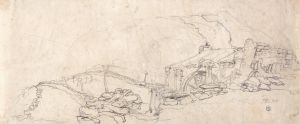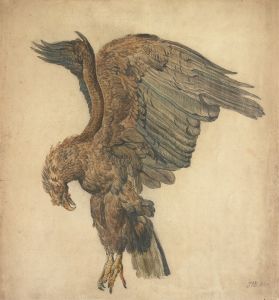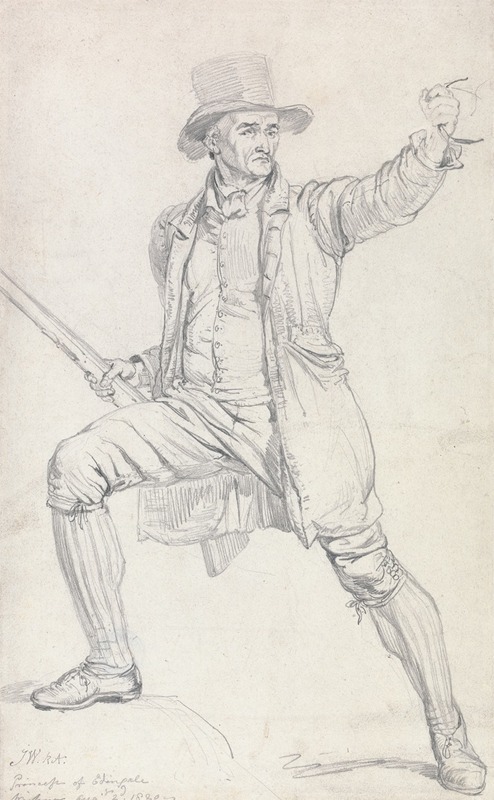
A Study for the Central Character in Ward’s Painting ‘The Deer Stealer’
A hand-painted replica of James Ward’s masterpiece A Study for the Central Character in Ward’s Painting ‘The Deer Stealer’, meticulously crafted by professional artists to capture the true essence of the original. Each piece is created with museum-quality canvas and rare mineral pigments, carefully painted by experienced artists with delicate brushstrokes and rich, layered colors to perfectly recreate the texture of the original artwork. Unlike machine-printed reproductions, this hand-painted version brings the painting to life, infused with the artist’s emotions and skill in every stroke. Whether for personal collection or home decoration, it instantly elevates the artistic atmosphere of any space.
James Ward's "A Study for the Central Character in Ward’s Painting ‘The Deer Stealer’" is an intriguing work that serves as a preparatory study for one of Ward's larger and more ambitious paintings, "The Deer Stealer." James Ward (1769–1859) was a prominent English painter known for his animal paintings and landscapes. He was a key figure in the Romantic movement in Britain, and his works often depicted dramatic and emotive scenes.
This particular study focuses on the central character of "The Deer Stealer," providing insight into Ward's artistic process and his attention to detail in character development. The study is executed with a keen eye for anatomy and expression, showcasing Ward's skill in capturing the human form and emotion. It is likely that this study was used to refine the composition and details of the final painting, ensuring that the central figure conveyed the intended narrative and emotional impact.
"The Deer Stealer" itself is a painting that reflects themes common in Ward's work, such as the tension between humans and nature, and the moral implications of poaching. While the final painting includes a broader scene with multiple figures and animals, this study hones in on the individual who is presumably the 'deer stealer,' allowing Ward to explore the character's physicality and psychological state.
Ward's studies and sketches are valuable for understanding his artistic methods. They reveal his process of experimentation and refinement, as he worked through various poses and expressions to achieve the desired effect in his final compositions. This particular study would have been part of a series of preparatory works that helped Ward to visualize and plan the larger painting.
The study is also significant in the context of Ward's career and the broader art historical landscape of the time. During the late 18th and early 19th centuries, there was a growing interest in naturalism and the depiction of rural life, partly influenced by the Romantic movement's emphasis on emotion and the sublime aspects of nature. Ward's work, including this study, reflects these trends and contributes to our understanding of the period's artistic developments.
In summary, "A Study for the Central Character in Ward’s Painting ‘The Deer Stealer’" is a testament to James Ward's skill as an artist and his meticulous approach to composition and character portrayal. It provides a glimpse into the preparatory stages of one of his significant works, highlighting his contributions to the Romantic movement and the evolving depiction of human and animal interactions in art.






